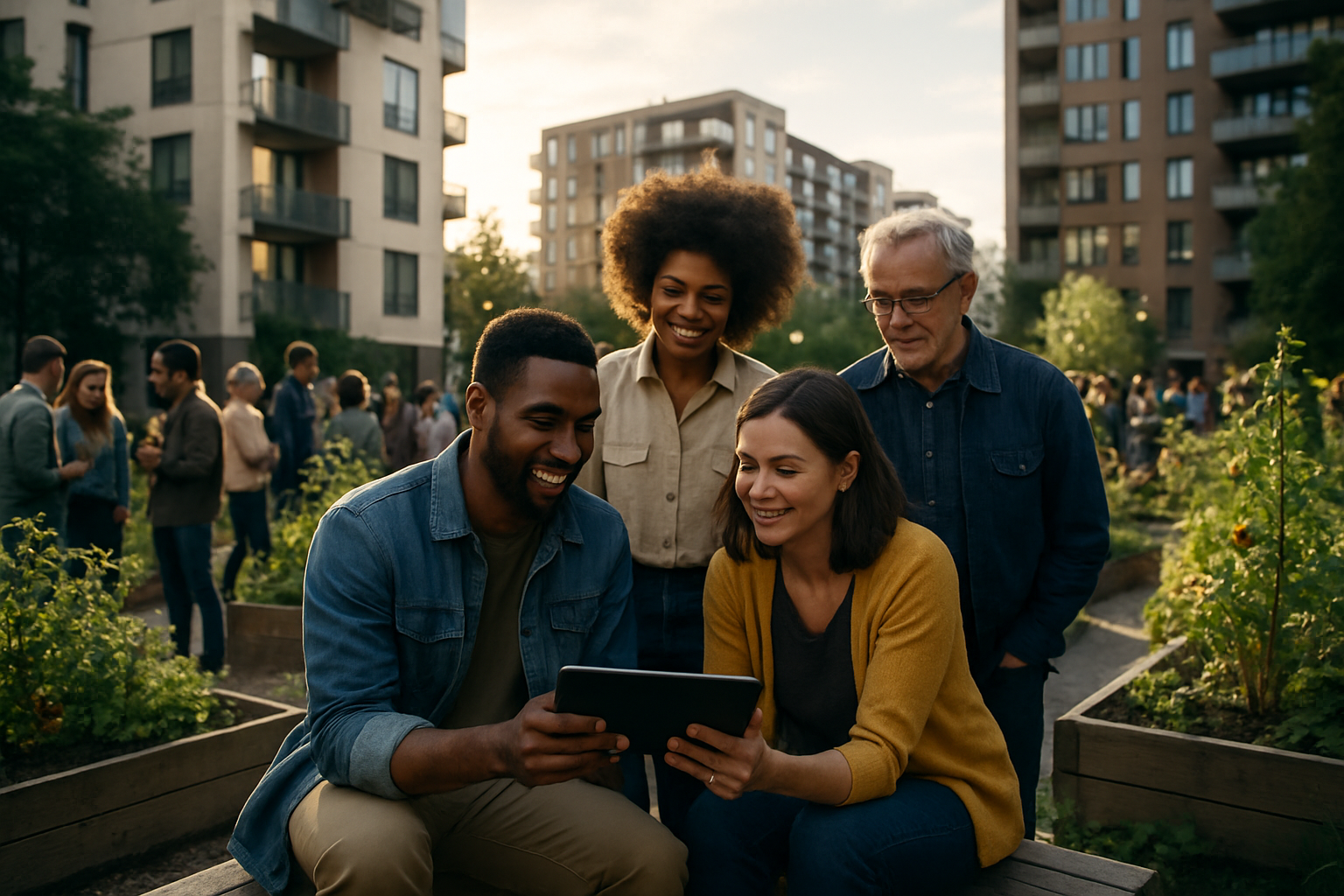The Quiet Revolution of Hyper-Local Civic Engagement
In an era of global connectivity, a surprising trend is taking root in communities across America. Hyper-local civic engagement, once considered outdated, is experiencing a renaissance. This grassroots movement is reshaping how citizens interact with their immediate surroundings, fostering a sense of belonging and collective responsibility. Read below to discover how this quiet revolution is transforming neighborhoods and redefining the concept of community in the digital age.

Today’s hyper-local engagement combines the intimacy of face-to-face interactions with the convenience of digital tools. Neighborhood apps, local online forums, and community-specific social media groups are bridging the gap between virtual and physical community spaces. This blend of old and new is creating a unique ecosystem where residents can easily connect, discuss local issues, and mobilize for action.
The Psychology Behind the Shift
What’s driving this return to localized engagement? Psychologists and sociologists point to several factors. First, there’s a growing sense of disconnection in our hyper-connected world. As global issues dominate headlines, many individuals feel powerless to effect change on a large scale. Focusing on local matters provides a sense of agency and tangible impact.
Moreover, the COVID-19 pandemic forced many to rediscover their immediate surroundings. With travel restricted and remote work becoming the norm, people began to invest more time and energy into their local communities. This newfound appreciation for the neighborhood has lingered, even as restrictions have eased.
Tangible Impacts on Community Well-being
The effects of increased hyper-local engagement are far-reaching. Studies show that communities with higher levels of civic participation tend to have lower crime rates, better-maintained public spaces, and more robust local economies. This is partly due to the increased social capital – the networks of relationships among people that enable a society to function effectively.
One striking example is the rise of community gardens. These spaces not only provide fresh produce but also serve as hubs for social interaction, education, and community building. In urban areas, where green spaces are often limited, these gardens have become vital centers of neighborhood life, fostering connections across diverse groups.
Challenges and Growing Pains
While the benefits are clear, the resurgence of hyper-local engagement isn’t without its challenges. One significant concern is the potential for exclusivity. As neighborhoods become more tightly knit, there’s a risk of creating insular communities that are less welcoming to newcomers or minority groups.
Additionally, the digital divide remains a barrier. While online platforms have made it easier for many to engage, those without reliable internet access or digital literacy skills may find themselves left out of important conversations and decisions.
The Future of Community: Balancing Local and Global
As we look to the future, the key will be finding a balance between hyper-local engagement and broader societal participation. The most successful communities will likely be those that can leverage local connections to address global challenges.
Climate change provides an excellent example of this potential synergy. While it’s a global issue, many of the most effective solutions are implemented at the local level. Communities with strong civic engagement are better positioned to adopt sustainable practices, from implementing recycling programs to transitioning to renewable energy sources.
In conclusion, the quiet revolution of hyper-local civic engagement represents a significant shift in how we conceptualize community and citizenship. By reconnecting with our immediate surroundings and neighbors, we’re not just improving our local areas – we’re laying the groundwork for a more connected, resilient, and responsive society. As this trend continues to evolve, it will undoubtedly play a crucial role in shaping the communities of tomorrow.





